In today’s fast-paced business world, many leaders prioritize short-term wins—hitting quarterly successes, cutting costs, and satisfying investors. While this approach can create quick results, it often sets leaders up for long-term failure.
The problem? What works in the short term doesn’t typically translate into sustainable longterm success. A leader fixated on immediate gains may find themselves struggling when the time comes to build a lasting future.
Let’s explore the key challenges short-term leaders face when trying to achieve long-term impact.
Lack of a Clear Future Roadmap
Short-term leaders often operate in reaction mode, making decisions based on immediate pressures rather than a well-thought-out strategic vision. While responding quickly to challenges is important, a lack of a long-term roadmap leaves teams without a clear direction. Without a guiding vision, priorities constantly shift, causing confusion and inefficiencies within the organization. Employees struggle to align their efforts with leadership expectations because those expectations change frequently.
This approach also leads to a culture of short-sightedness, where the focus is on solving immediate problems rather than proactively preparing for future growth. Companies without a well-defined vision may find themselves trapped in a cycle of quick fixes, never truly progressing. Over time, they fall behind competitors who invest in a sustainable, forward-looking strategy.
Employee Burnout and Disengagement
Short-term leadership often prioritizes short-term results over people. Employees are pushed to meet aggressive deadlines, work long hours, and constantly chase the next immediate goal. While this approach may drive short-term performance, it comes at a cost: burnout, disengagement, and high turnover. When employees feel like they are merely tools for hitting targets rather than valued contributors to a larger mission, morale plummets.
Without a compelling long-term vision, employees struggle to see how their work fits into a bigger picture. They become disengaged because they lack a sense of purpose beyond the next deadline. High turnover then becomes a vicious cycle—new hires come in, experience the same short-term pressure, and leave, forcing the company to repeatedly spend time and resources on recruitment and training rather than on growth and innovation. The organizations actually slows down in its progress and costs actually increase here. Profits are harder and harder to come by.
Great leaders understand that sustainable success comes from investing in people. When employees feel valued and connected to a long-term vision, they are more engaged, productive, and committed to the company’s success.
Innovation Gets Stifled
Innovation requires patience, resources, and a willingness to experiment—qualities that short-term leaders often struggle with. If the primary focus is always on immediate returns, there’s little room for research and development. Leaders obsessed with quarterly earnings may dismiss ideas that don’t provide an instant payoff, even if those ideas could position the company for future success.
This shortsightedness is one of the biggest reasons companies fail to evolve. History is full of examples of businesses that ignored innovation because they were too focused on short-term profitability. Blockbuster, for instance, dismissed streaming services because its store-based revenue was still strong at the time. Meanwhile, Netflix, with a long-term vision, invested in the future of entertainment and ultimately dominated the industry.
A culture of innovation requires leadership that sees beyond immediate gains. It demands an environment where teams are encouraged to take risks, explore new ideas, and invest in projects that may not show immediate profits but will drive long-term success. Without this, companies become stagnant and vulnerable to disruption.
Trust and Loyalty Erode
A leader who constantly shifts strategies to chase short-term wins creates a sense of instability within the company. Employees, customers, and investors begin to notice the inconsistency. When a company pivots too frequently, it signals a lack of confidence in its own direction, causing employees to feel uncertain about their future within the organization. This lack of stability leads to decreased loyalty, as people are hesitant to commit to a company that doesn’t seem to have a reliable path forward.
Customers also lose trust in brands that constantly change course. When a company shifts its offerings, pricing models, or brand messaging too frequently, it creates confusion in the marketplace. Customers begin to see the company as unreliable, making them more likely to switch to competitors with a clear and consistent vision.
Similarly, investors look for leadership that can deliver sustainable, long-term returns. While short-term profits may be appealing, they are not enough to maintain investor confidence if the company lacks a strategic direction. If leadership continually prioritizes quick wins over sustainable growth, investors may eventually pull back, leaving the company in a financially vulnerable position.
Vulnerability to Market Shifts
A company that prioritizes short-term gains often assumes that the current market conditions will remain stable. However, industries evolve, consumer preferences change, and technological advancements disrupt even the most successful businesses. Leaders who fail to prepare for these shifts find themselves scrambling when change inevitably comes.
Without long-term investments in future-proofing the business, companies that rely solely on short-term wins become fragile. Their revenue streams may be strong for the moment, but they lack the flexibility to pivot when necessary. Companies that have not diversified their products, expanded into new markets, or adapted to technological advancements may find themselves obsolete when the landscape changes.
Businesses that endure market shifts successfully do so because they’ve made strategic investments in innovation, talent development, and adaptability. They don’t just optimize for the present; they prepare for what’s next. A leader who only focuses on immediate results will find that, when the market changes, they have no foundation
The Solution: Balancing Short-Term Execution with Long-Term Vision
Short-term performance is essential—businesses need to hit goals, generate revenue, and adapt to market conditions. But these short-term actions must be part of a larger, sustainable vision. The most successful leaders know how to balance both.
A strong leader ensures that immediate goals contribute to long-term success. This means making decisions that drive profitability today while also investing in the future. It means fostering a company culture that values people, encourages innovation, and remains adaptable in the face of change.
Long-term success is not about choosing between short-term execution and big-picture strategy—it’s about aligning them. Leaders who can do this build companies that don’t just survive in the moment but thrive for years to come.
So, are you leading for today, or are you building something that will last?
With decades of experience studying why people buy and how to inspire loyalty, Kevin equips sales professionals and leaders to deliver exceptional value, ensuring customers return again and again.
Featured Links to Grow Your Influence:
Winning With Others: https://www.kevinsidebottom.com/stopgambling
Kevin’s website: https://www.kevinsidebottom.com
Kevin’s email: kevin@kevinsidebottom.com
The Sales Process Uncovered Membership Page
https://www.kevinsidebottom.com/pricing-page
The Sales Process Uncovered Book

